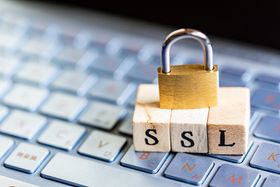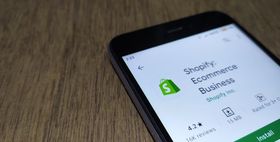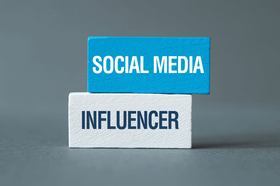How to improve conversion rates on products that require customization?
Asked 7 years ago
Many customers don’t complete the purchase process on our Shopify store because they need to customize the product before buying it. Any advice?
Tom Amitay
Tuesday, June 25, 2019
To answer your question, I would need more data. I.e., what is the buying process, how it's designed, in what step do most customers abandon, what is the current conversion rate, etc. First, I would recommend that you measure the data to answer all the questions I mentioned above for yourself. Then I would make sure that it's evident to the customers that they need to customize the product to buy it. What I mean is that your call-to-action, let's say that in this case, is 'Customize,' has to be very dominant. Otherwise, customers may simply miss it and get stuck. Second, make sure that the rest of the customization and checkout processes are straightforward and self-explanatory. The best practice for optimizing processes is to break them down into steps and optimize each step by itself. So, if customers have to go through 5 steps to complete the process, then measure the conversion rate of each step separately (how many customers start the step and how many finish it). Keep in mind that there's always churn, so don't expect 100% of customers to complete each step. Once you know each step's conversion rate, focus on the one you can most significantly improve with the least amount of work. Make the necessary changes and measure if you have managed to improve. When you're done, move on to the next step of the process that needs improving. This method may be referred to as Funnel Optimization or Conversion rate optimization. What I explained here is just the tip of the iceberg. There are many things I didn't mention, such as split testing (A/B testing), how to use analytics, and more. I was trying to keep it simple, and you can easily find tons of content about it. There are a few other tricks that can help to optimize a process: 1. Enable people to save their progress. I.e., if they customize a Tshirt design, let them keep their designs for later. There's a triple effect here: - If customers save their progress in your store, they make a kind of commitment to you. Which means they are more likely to remember you and come back later. - When customers return, they can pick up where they left off - It removes some of the friction and encourages them to return. - To save their progress, you can ask for their email address, and then you can email them later with offers and reminders. 2. Save the customer's progress automatically, without asking them even (that can be done with a browser cookie or 3rd party app, you'd probably need to use a developer for that). Then if the customer returns, you can prompt a message offering them to pick up where they left off. 3. Save the customizations that customers have done so you can later offer new customers to use them. I would use a combination of these two methods. Another crucial thing you need to consider is using retargeting ads. For example, if customers start a particular process in your store, let's say they visit a page where they have to customize the product they intend to buy, and then leave your store without completing the process. You could target them with an ad that says: "Hey, finish your masterpiece!". This kind of ad will remind them that they started a process in your store but haven't finished it yet. Perhaps they were distracted or just didn't have the time to complete it. You know, most people nowadays are pretty distracted, and many of us are stressed. So, it happens quite frequently that customers abandon a process in the middle even if they want to complete it and buy a product. Especially if the buying experience requires them to go through a process, they may need to visit your store more than once over a few days before they convert. Therefore, retargeting ads work surprisingly well (depending on how your funnel is designed and your messaging, of course). Also, keep in mind that retargeting ads can be very cheap compared to regular ads since you target specific people with a particular message. These ads can even be cheaper and more effective than email marketing. Finally, remember that every product requires a different strategy. There's no one size fits all way of going about it.
Please follow our Community Guidelines
Related Articles

Activating SSL Certificates (HTTPS) For a Custom Domain and Fixing "Pending" or "Unavailable" Errors
Brody Hall
February 10, 2023

How to Edit Email Templates on Shopify
Ashley Stander
April 19, 2023

Harnessing the Power of Social Media and Influencer Marketing: Insights from Bang Energy
KeepShoppers Team
July 17, 2023
Can't find what you're looking for?
